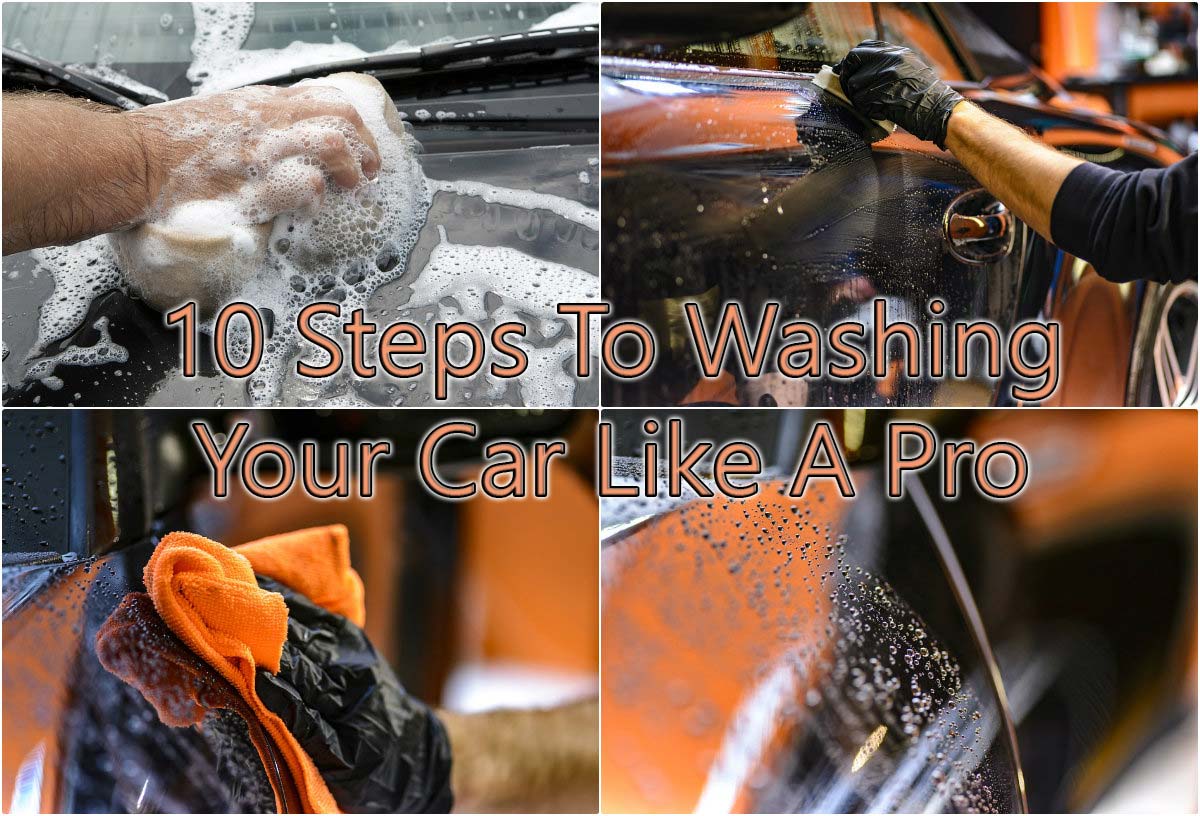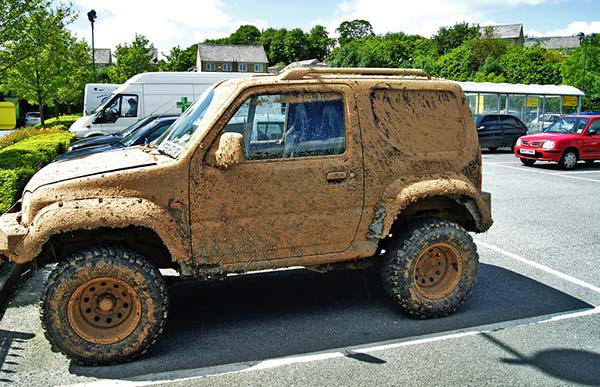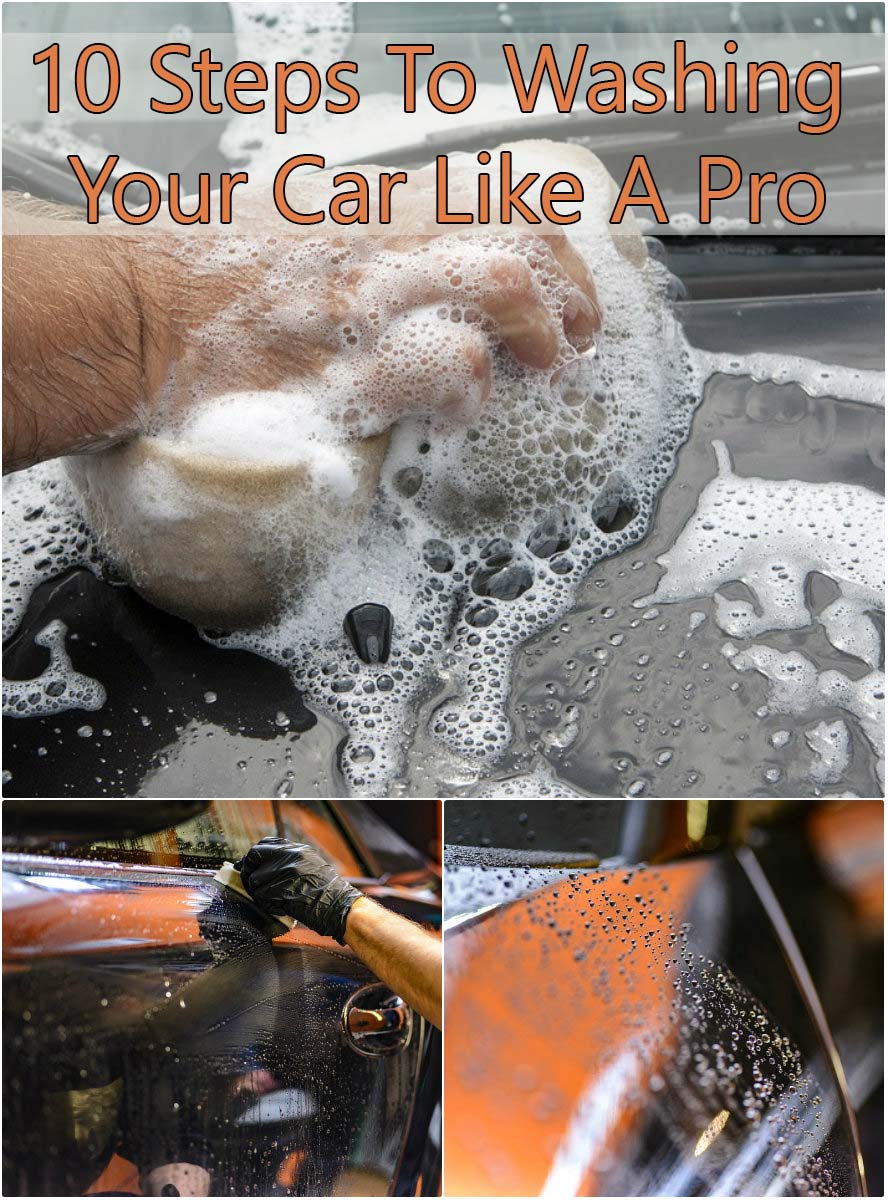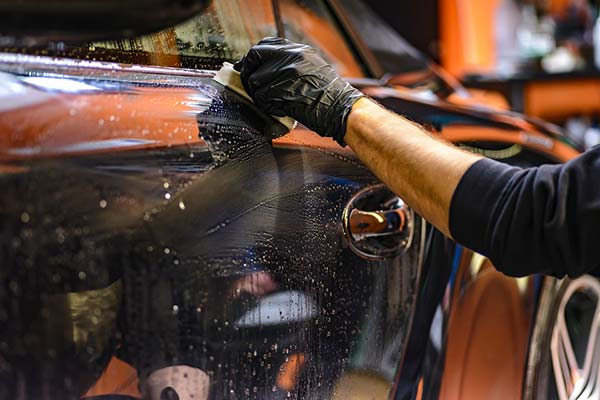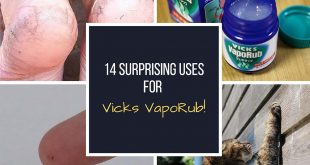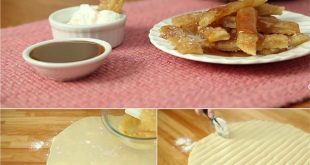10 Steps To Washing Your Car Like A Pro
There is a lot of misinformation out there when it comes to car care. If you really want to protect and polish your vehicle’s exterior, you should steer clear of those mechanized, “full-service” car washes which can actually damage the finish on your vehicle. While there are quality car wash services that will properly wash your car using high-quality products, these services will cost you an arm and a leg. Isn’t it time you learned how to properly wash your own vehicle at home?
A DIY car wash is the most affordable way to achieve optimal results. For a lot of people, a cartoony image of sudsy water and a giant sponge come to mind when they picture washing a car by hand. There’s a little more to it than that. The wash and wax combo is a good start, but it’s worth taking the time to learn the proper way to wash a car and maintain a clean and shiny exterior.
Anybody can learn how to wash a car like a pro and we’ll guide you step-by-step through the process. Simply follow the 10 easy steps detailed below.
1. Appraise the Vehicle’s Overall Condition
The overall condition of the vehicle will determine how you should proceed, so take a moment to evaluate the situation. Is it a new car or one that was recently waxed? If so, then it may only require a wash and wax for exterior maintenance. The majority of vehicles are in average condition or have a neglected exterior. These specimens will also need to be cleaned and polished.
2. Choose the Right Products
Be careful to select high-quality cleaning products for your vehicle. Carefully read the labels to be sure that you choose the ideal product for your intended application. Many cleaners use strong chemicals which could damage your car if used incorrectly. For example, you wouldn’t use a chrome wheel cleaner on aluminum wheels. The acidity of the cleaner could permanently mar the aluminum. Buy a stack of microfiber cloths specifically designated for car care. Separate these cloths, or buy different colors, to keep those used on wheels apart from those used on windows or paint. Throw the cloths into the wash after each use.
3. Remove Loose Dirt and Debris
When you wash your car, be sure to use car washing soap, not dish soap or liquid detergent. Car washing soap is formulated to clean without damaging a vehicle’s paint and protective wax. Washing removes dirt, mud, and other loose contaminants. Begin by rinsing away large contaminants which might scratch your car if hit with too much pressure.
4. Repair Surface Damage
Once the car is washed, damage will be readily identifiable. There might be scratches, oxidation in the paint, or bonded contaminants like tree sap. These mars in the vehicle’s surface might be visible or you might be able to locate them by running your hand over the vehicle and feeling for bumps or ridges.
If you have bonded contaminants on your car, then you will need to use a clay bar to remove them. Claying a vehicle entails removing bonded contaminants which cannot be washed away with soap and water. A clay bar removes everything from the vehicle’s surface including wax, leaving only smooth paint behind. A clay bar works by absorbing the bonded contaminants from the car’s surface and encapsulating them in the clay. The process opens the pores of the car’s clear coat, allowing the wax to soak in deeper. This process will give your car extra shine and protection. Simply knead the clay flat and use detailer as lubricant. Run the flat clay piece across the vehicle’s surface.
5. Apply a Compound
For sub-surface scratches, you’ll need to employ a compound. You can either apply the compound by hand using an applicator pad or with the help of a dual-action polisher. Wipe the compound away quickly after applying it. Work the compound paint cleaner into the finish, applying a second or third coat if necessary.
6. Optional Polish for Glossiness
As with the compound, polish can be applied by hand or using a dual-action polisher. This optional step is like putting lotion on dry skin. It adds conditioning oils which improve gloss and shine, particularly on darker vehicles.
7. Waxing
If polish is like lotion, then wax is akin to sunscreen for your car’s exposed parts. It protects the exterior from UV rays and debris. It preserves the high gloss finish and protects against fading. Wax is available in two iterations: carnauba and polymer. Both varieties perform well, though polymer wax can be removed off soon after applying and it will not haze as it dries. Carnauba is less expensive but Polymer is a little bit more user friendly and, arguably, more effective as well.
8. Use a Spray Detailer
Now that you’ve laid the ideal foundation for a clean and protected vehicle, use a spray detailer to maintain its appearance. Keep the spray and a clean microfiber cloth in your car at all times for on-the-go touch ups. Quickly removing dirt, bird droppings, and overspray will make thorough cleanings easier in the future.
*If the vehicle is relatively clean and its surface undamaged, you can go with a one-step cleaner wax. Use this product after washing the vehicle to clean, polish, and protect the exterior. If you are tempted to jump straight from washing to waxing, consider this option instead.
9. Wheels
First, make sure you know what type of wheels you have and use the correct product designed to clean it. If you aren’t sure what type of wheels you have, use a mild, acid-free, pH balanced aluminum wheel cleaner. This product can be used universally without risk of damaging your wheels.
10. Windows
Select window cleaner specifically formulated for cleaning automobile windows. Avoid household glass cleaners, such as the ubiquitous Windex, which contain ammonia and can easily damage the window tint on a car. Spray and wipe it down twice to be sure you’ve removed all cleaner.
 Home and Gardening Ideas At home and Gardening ideas we believe inspiring readers about homesteading, self sufficiency
Home and Gardening Ideas At home and Gardening ideas we believe inspiring readers about homesteading, self sufficiency
